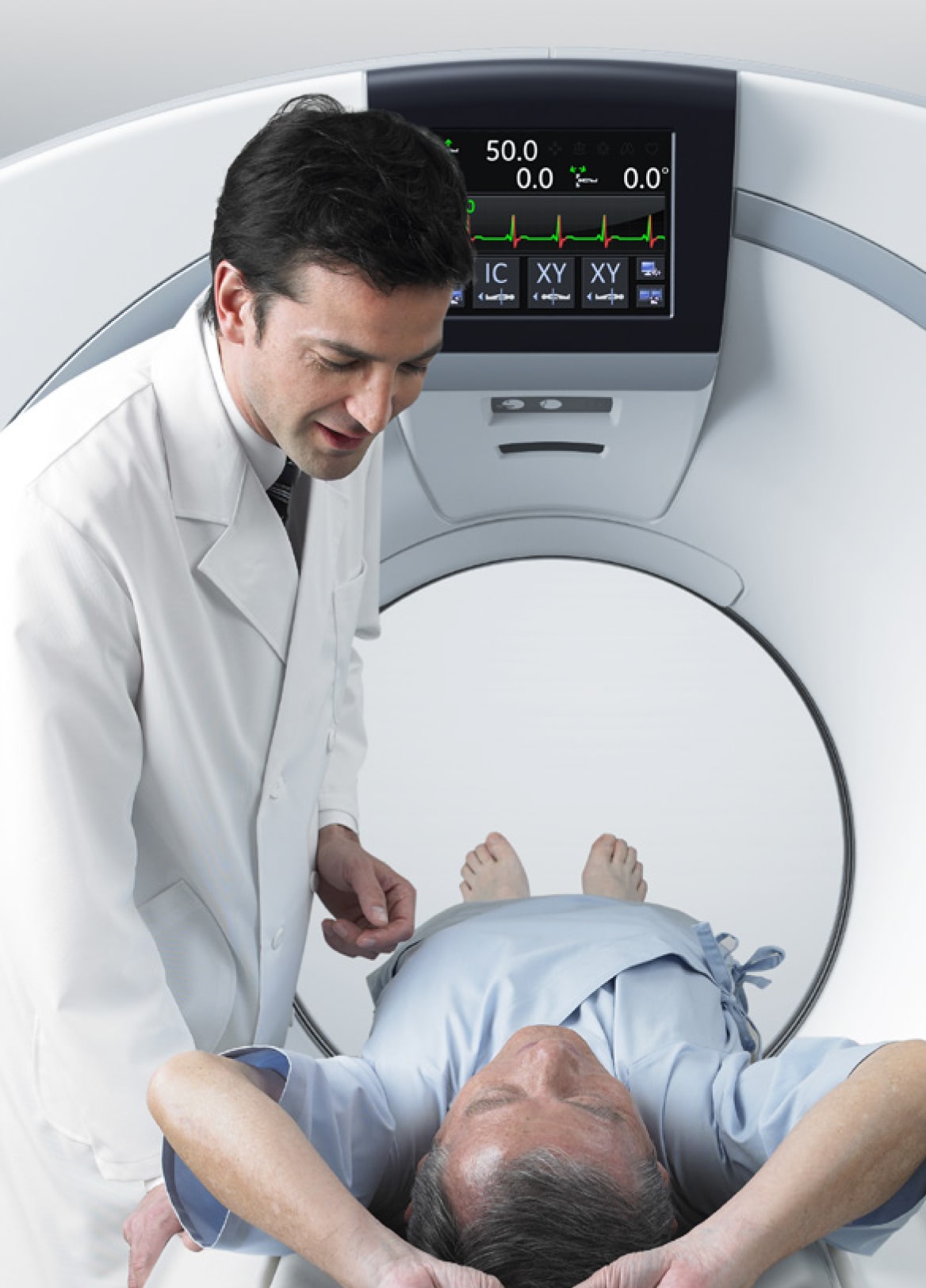Have you ever wondered ‘What is a CT Angiogram?’ When determining the health of your heart, your trusted cardiologist may propose several different scans and tests to narrow down the cause of your symptoms. And the CT Angiogram is one such test.
Many common heart conditions can be caused by narrowed arteries around the heart, making it harder for your body to pump blood. In this case, a CT Angiogram can help clarify what is happening and what might need to be done for your doctors.
What is a CT Angiogram?
A CT scan is a sophisticated, modern way to complete an X-Ray. CT stands for “Computerised Tomography”. This describes cross-sectional digital imaging to get insight into a “slice” of anatomy.
The CT Angiogram can show how the blood flows through coronary arteries and provide a detailed image of all the pathways to your heart. This allows cardiologists to see if an artery is narrowed or damaged and restricts blood flow, leading to common heart conditions such as Angina.
Dye is injected into a small vein in your arm for this test. You then lie down on a bed which moves through a CT scanner.
What happens during a CT Angiogram?
Before the procedure, you may have to take beta-blockers to slow your heart rate and improve the CT scan images.
CT Angiograms are completed in a “cath lab” and last around half an hour, during which you will be lying down. You will be asked not to eat or drink for a few hours before the process.
You might receive numbing medication before an IV is inserted into your hand or arm and flows dye through your system. You may also have electrodes placed on your chest to monitor your heart rate.
You will need to lay still during the scan to avoid blurry images. You’ll be able to talk to your technician through an intercom system throughout.
Is the procedure uncomfortable? What are the risks?
Some people may feel claustrophobic when they are placed in the narrow tube of the CT Scanner. If this is the case, just let your Cardiologists know that you feel nervous. Because the dye is injected through the arm, the procedure is non-invasive compared to traditional angiograms.
After the tests, you may develop a painful bruise caused by a collection of blood under the skin. This should go down after a few days. The test also involves a minimal amount of radiation, so you should always let your Doctor know if you might be pregnant.
After the procedure, you may need to remain resting for about an hour but should be able to return home by yourself. You will need to drink plenty of fluids to push the dye out of your system and should avoid breastfeeding for 24 hours.
If you have further questions about CT Angiograms, don’t hesitate to contact Venturi Cardiology. Our friendly team offers consultations to help you prepare if you are nervous and can answer any concerns you have.












